Understanding the Difference Between Ultherapy and Laser Resurfacing
Ultherapy and laser skin resurfacing techniques are as different as sound and light. Both use high-frequency energy to smooth away facial wrinkles and tighten the skin, but they are completely different technologies. When it comes to the many non-surgical skin resurfacing and skin tightening treatments, many individuals are confused by their differences.
With laser resurfacing and ultherapy, the difference really is light and sound. Laser resurfacing uses high-energy laser light to remove the damaged top skin layers to treat wrinkles and blemishes and rejuvenate the skin for a more youthful and vibrant appearance. Laser resurfacing can require significant downtime for recovery and also carries the risk of tissue scarring and color changes in the skin.
Ultherapy, by contrast, employs high-frequency sound, or ultrasound, to heat the tissues deep beneath the outer skin layers. This heating effect stimulates collagen production to gently lift and rejuvenate the skin and tighten facial muscles, much like a mini-facelift does. The results are slower to develop compared with laser skin resurfacing, but there is no skin peeling, scarring, or downtime.
Both cosmetic procedures have their advantages and disadvantages, one being the amount of time it takes for ultherapy to yield positive results, which can take up to three months after treatment to be fully realized. However, this gentle procedure makes it safe and non-invasive. It’s important to note that both procedures can be done separately or in combination, based on your cosmetic needs and goals.
A qualified facial plastic surgeon can help you decide which cosmetic procedure is right for you and whether you are a candidate for either treatment.
Dr. Kyle S. Choe is a board certified facial plastic surgeon and hair restoration specialist with offices located in Virginia Beach. Contact The Choe Center for Facial Plastic Surgery at 757.389.5850 for a personal consultation.
